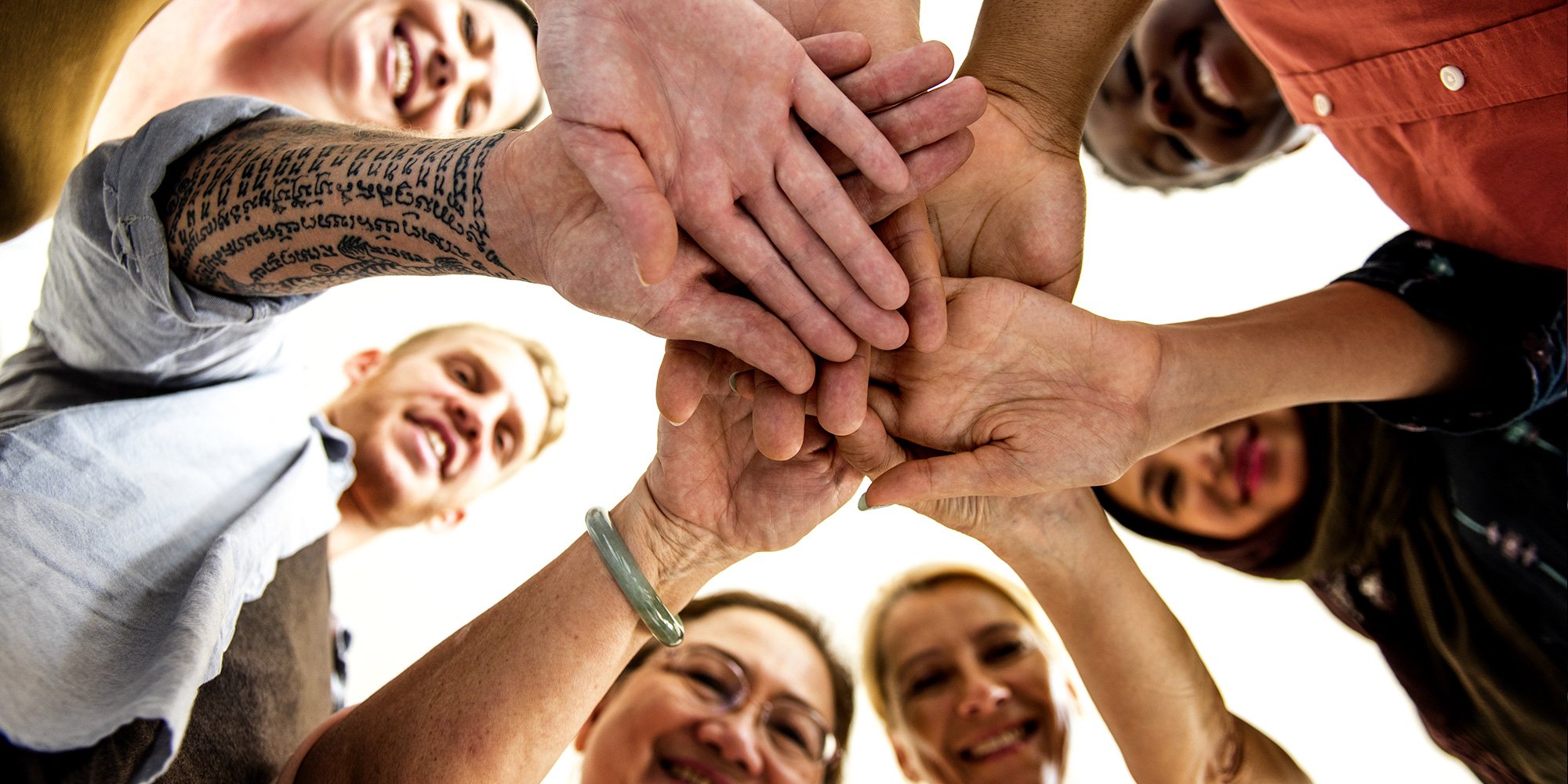Indigenous Relations at the Victoria International Airport
Airports - we all travel through them but how often do we actually ponder the Indigenous relations aspect of the operation? These transportation hubs...

I was recently included in a conversation on CBC’s The Current about the efficacy of anti-bias training. The host, Anna Maria Tremonti had three guests with different perspectives weigh in with their opinions. I was in esteemed company - Javeed Sukhera, an assistant professor of psychiatry at the Schulich School of Medicine and Dentistry at Western University, and Frank Dobbin, a professor of sociology at Harvard University. This is the transcript of the interview: Evidence shows Starbucks' anti-bias training may backfire.
The conversation was sparked by Starbucks’ move to close all 8,000 U.S. stores in order to provide an afternoon of anti-racial bias training to staff following a much-publicized incident at one of their stores. All three of us discussed the pros and cons of mandatory training. It was a good discussion and, despite the interview being at 5 am, I learned much from the other guests. And the really great part is that within 15 minutes of the interview, we received a request for training.
My opinion was that it was a good gesture on the part of Starbucks to at least attempt to raise awareness with the staff and try to turn some of the attitudes around. I try to find the positive in situations, however, I did have some concerns about their approach to the training:
It was reactive - it should be part of the organization’s mission statement which should be clearly outlined during the orientation for every worker.
It was too short - it takes more than an afternoon to delve into such an emotionally charged topic.
It was not delivered by experienced anti-bias trainers - this sort of training asks the participants to look in the mirror and sometimes they like what they see and resent being forced to take the training. It takes someone with experience to connect with those participants and work to see if they can get some movement on their perspective.
To avoid a situation similar to the Starbucks example, here are some suggestions:
Zero tolerance for racial bias should be systemic throughout the organization.
That goes for everyone from frontline workers to management to the board of directors.
Application forms and an interview process that probes for racial bias would be a step towards protecting an organization from having an employee exhibit racial bias. The last thing a responsible company wants is for an incident to go viral and tarnish its reputation. Working with an employment recruiter professional is a good investment as they can pre-screen applicants.
If your organization has a client/customer base that is culturally diverse, then your entire organization should mirror that diversity.
If you want a culturally diverse workforce, hire culturally diverse people
There’s a lot to be said for having new employees take the training as a part of their orientation so they are then aware from the outset that there is zero tolerance for racial bias. Depending on the size of your organization and turnover of employees, if that is not feasible, then consider developing a guide for new hires that:
Having a guide also reduces anxiety in new employees from other cultures or groups as they will be more confident that their future employer has taken steps to create an inclusive working environment.
If you are going to provide training to your staff, then bring in a professional trainer. One of the issues with reactive training is that it can create a feeling of resentment in the workforce. For some, cultural diversity training is viewed as an imposition, an assault on personal freedoms and it takes an experienced trainer to connect with those who have this attitude.
Training en masse is not always as successful as it is when the training is done with smaller groups. When we do onsite training, we don’t like to train more than 30 - 35 people in one session. Our trainers are all good at reading body language and when they see manifestations of resentment, they try to connect with that person and make the training meaningful for them.
The subject matter needs to be delivered in a non-confrontational manner. An experienced trainer will use language that shows people how to connect with new ideas. A professional trainer will use language that lights the way whereas someone who does not might have a delivery style that pushes learners along the path.
When an organization has a workforce in which everyone looks different from one another and works together respectfully then that’s an organization that has nailed it when it comes to diversity in the workplace and we will probably never hear about them!
If your organization would like to start an Indigenous cross-cultural and sensitivity training program proactively, please reach out to our training advisor here.
Featured photo: Shutterstock

Airports - we all travel through them but how often do we actually ponder the Indigenous relations aspect of the operation? These transportation hubs...

As an Indigenous relations trainer, I strive to maintain a positive attitude that we are making progress on reconciliation. There are setbacks but I...

In an earlier article, we took a look at why companies should protect their Indigenous relations strategy in a recession. In this article, we offer a...